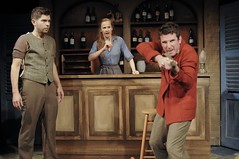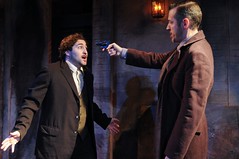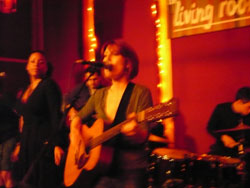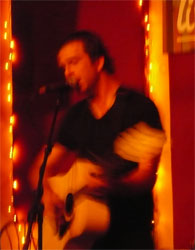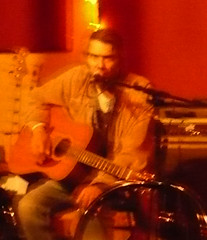The powerful new documentary Burning the Future: Coal in America explains how critical coal power is to the US economy and to Americans’ energy-greedy way of life. It also focuses on the terrible effects modern mining has on the lives of people who live in Appalachian coal country. Specifically, the film documents the contamination of the water supply and its effects on human health. It also condemns mountaintop removal mining in no uncertain terms.
This modern form of coal extraction relies on heavy explosives to get the coal from the tops of mountains, rather than using large numbers of miners to burrow underground for it. There are some who defend mountaintop mining, but a quick glance at a few photos is enough to convince many that the practice should be outlawed.
The economics and science of coal and coal mining are complex, but in terms of cost to the environment it’s safe to say that coal is a dirty source of energy. Most environmentalists believe the US should wean itself off coal.
However, the film raises another, related issue. One certainly sympathizes with people whose lands and water are being polluted, whose children are being sickened, by nearby coal mining operations. But enjoying a modern, comfortable way of life while living in relatively remote areas just might not be sustainable in the first place.
Two scenes in the film brought this home to me. Both occur on a trip to New York City taken by several courageous West Virginia environmental activists who have been invited to testify before a UN commission.
The final leg of the activists’ journey takes place via New Jersey Transit. Sitting on the train, one of them observes that she’s never been on a train before. To someone who grew up in the northeast, that’s almost unbelievable. Never been on a train? Not an Amtrak, a commuter train, a subway train? Never once?
But where she comes from, you have to get everywhere by car. Simple as that. Purchasing a car can be expensive, especially if you need a good one to get you around to all the places you have to go to in a day. However, purchasing second-hand cars from companies like autozin for example, can do the same job as a brand new car, for less money. If you’re driving around everywhere, you’ll want a reliable car.
The second scene occurs when the leader of the activists, the admirable Maria Gunnoe, stands in Times Square, looks up at the huge, brightly lit advertisements looming everywhere, and cries out for New York to turn out these lights. Don’t New Yorkers know that their incessant demand for energy is ruining the land elsewhere in the country?
It’s a powerful moment. One could, of course, point out that the bright lights of Times Square are one of New York’s biggest tourist attractions, and the city depends heavily on the tourist trade. But one can understand Gunnoe’s reaction, and one feels in one’s bones that she’s – at least a little – right.
No, the bigger point the scene raises is that, however much energy might be “wasted” keeping Times Square “Times Square,” city residents have smaller carbon footprints than people who live on houses with land.
People who live in houses need cars, every day. They have more rooms to heat and cool than city dwellers do. They might have the proverbial white picket fence, but inside their fences suburbanites waste huge amounts of water keeping their lawns artificially green. People who live in the suburbs or the sticks get none of the economies of scale that come with apartment living. And that was all fine when populations were smaller, gas was cheap, and the effects of our material prosperity on the planet were less well understood. I don’t think it’s fine any more.
In the film, one of the West Virginians worries that by the time his kids grow up, pollution may have made it impossible for them to continue living where they were brought up. I hope they can, he says.
From a family standpoint, that’s sad. But in a way, I hope they can’t. I’m certainly not cheering on the pollution, the destructive mining, or the continued dependence on dirty energy. Unless mining and burning coal can be made truly clean, phase it out, for the sake of the planet. But also for the sake of the planet, those country kids should move to a city. In fact, I’ll go out on a limb: by the year 2040, unless your business is farming, your family ought to be living in a city.
By then, I hope it’ll be really, really hard to find an American who’s never been on a train.
